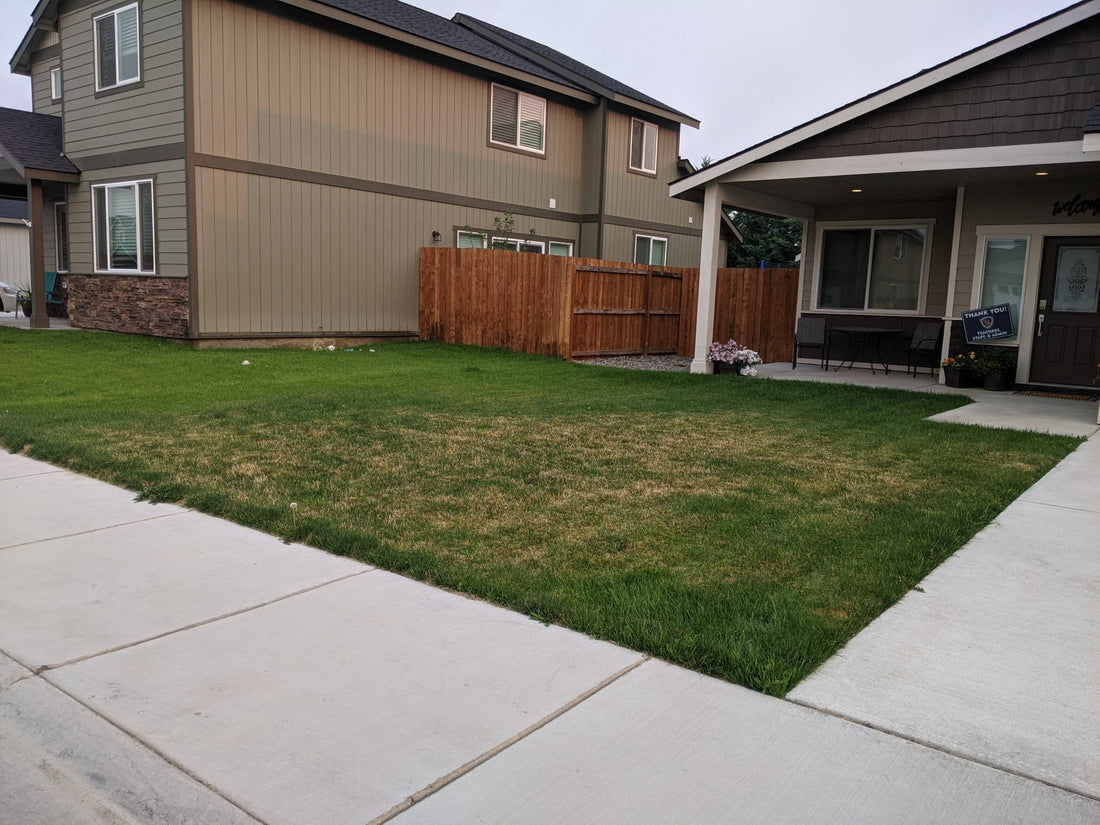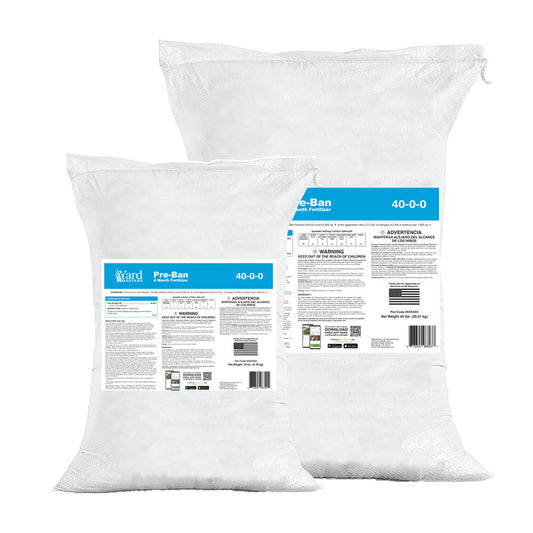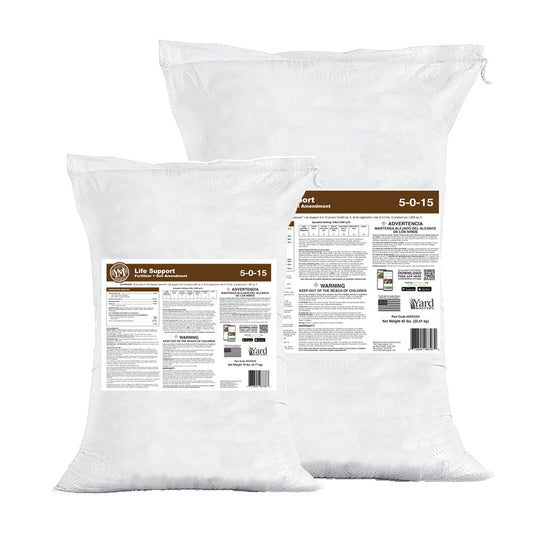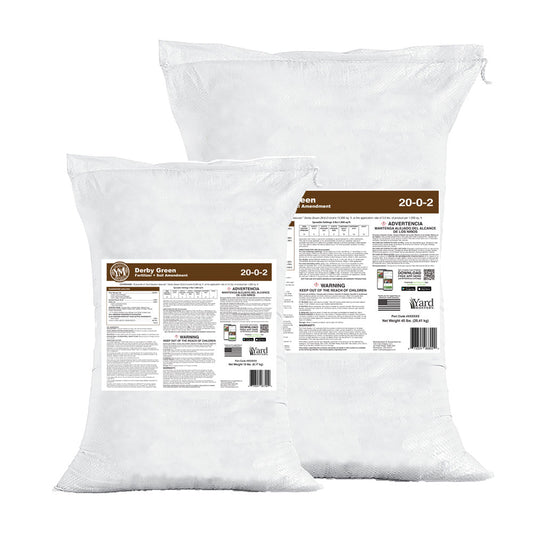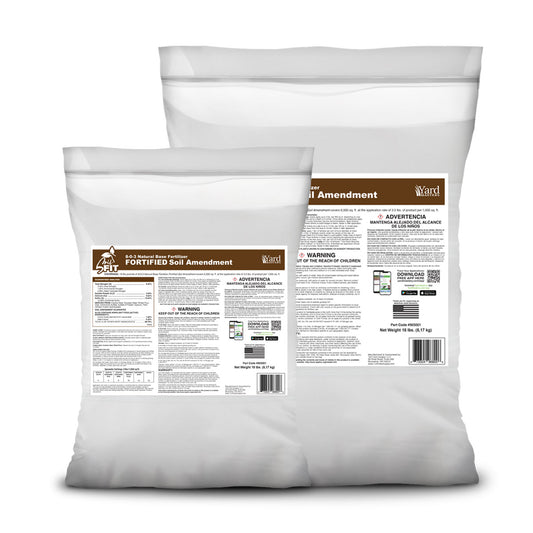I saw it as often as I can - especially in later summer leading into fall - if you see brown spots in your lawn, the very first thing you should do is dig and look for insects.
In this case, being as it's later summer, the primary two insects you are looking for are grubs and sod webworm. Here is a video showing you the life cycle of grubs. Here is another one where I found them in a cool season lawn in NW Indiana. And here is yet another where I found them in my own lawn and suffered damage because I did not take my own advice.
Grubs will be right at the edge where brown areas meet green. You will need to check several areas to make sure.
In a recent case I found on Facebook, this was posted:

I have used these pics and example with permission from Ryan who lives in Washington.
Ryan says: "What's happening to my front lawn? For reference, I water at least an inch total per week, between two or maybe three sessions. This brownish spot is definitely damp and the soil is wet deep down after watering. The whole yard was never this bad.. It started as a smaller spot in the middle of the yard and it's just getting worse. The parts of the yard that aren't this brownish color are thick grass and deep greens. TTTF with some other blends, mowing between 3-4 inches height.
Maybe I need to test my watering amounts again? Maybe I'm overwatering? Maybe it's not water related and more a disease?"
The good news is he is playing detective. They have had some record heat spells in the northwest so thinking it's water is expected. And you can see that he is playing detective, ensuring the soil is wet.
My recommendation was "dig" and see what you find. A few hours later this is what Ryan posted:

That is a sod webworm. You will find them in and around the thatch layer when they are feeding, but oftentimes a little deeper during the day. Another sign that you may be having a sod webworm problem is moths flying up when you walk through the lawn. This is the adult stage and causes no damage but the eggs they lay in the lawn do. Here are two videos on sod webworm that can help you understand them better.
Sod Webworm in cool season lawn.
Sod Webworm in warm season lawn.
Treating These Pests
There are for sure other reasons your lawn can turn brown like this in summer, but this is still the first thing you should do, dig. If you want to know how to treat both of these pests in your lawn using store bought products check out this video:


